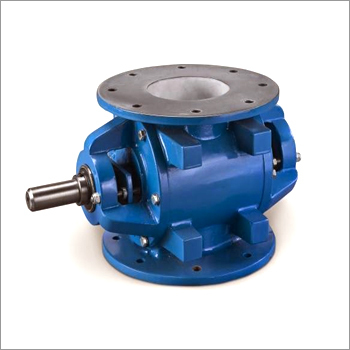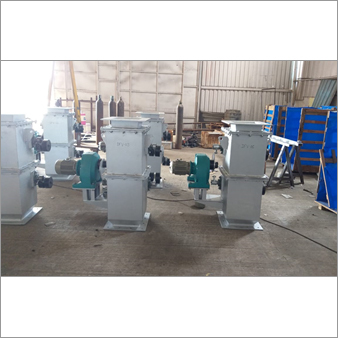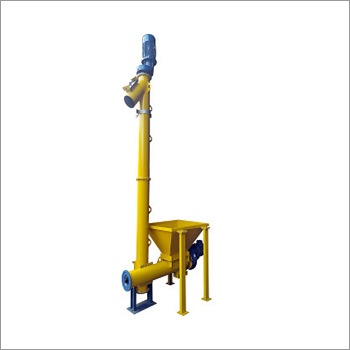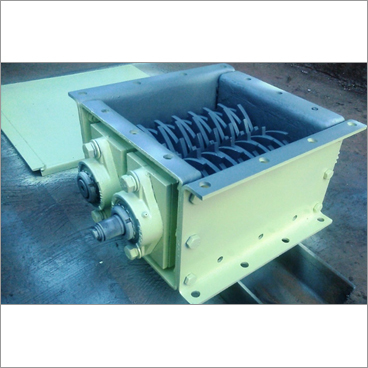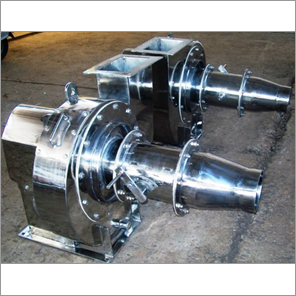Call : 08045479681
Rotary Discharge Valve
30000-1000000 INR/Piece
Product Details:
X
Rotary Discharge Valve Price And Quantity
- 5 Piece
- 30000-1000000 INR/Piece
Rotary Discharge Valve Trade Information
- 15 Piece Per Month
- 6-8 Week
Product Description
A rotary discharge valve, also known as a rotary airlock valve or rotary feeder, is a vital component in material handling systems. It acts as an airlock to control the flow of bulk materials between two different environments while maintaining a seal to prevent air leakage. The valve's rotating vanes or blades allow material to pass through while sealing off the system's pressure or vacuum conditions. Rotary discharge valves find application in various industries, such as food processing, pharmaceuticals, plastics, and cement, facilitating efficient and continuous material transfer.
FAQs:
Q: What is a rotary discharge valve?
A: A rotary discharge valve is a mechanical device used in material handling systems to control the flow of bulk materials between two different environments while maintaining an airtight seal to prevent air leakage.
Q: In which industries are rotary discharge valves used?
A: Rotary discharge valves are used in a wide range of industries, including food processing, pharmaceuticals, plastics, cement, chemical, and many others where controlled material flow and airlock functions are required.
Q: How does a rotary discharge valve work?
A: A rotary discharge valve features vanes or blades mounted on a rotating rotor. As the rotor turns, the vanes create a seal, preventing air from escaping or entering while allowing bulk material to pass through the valve, thus facilitating smooth material transfer.
Q: What are the advantages of using a rotary discharge valve?
A: The key advantages of using a rotary discharge valve include airtight material handling, prevention of air leakage, consistent material flow, protection against pressure differentials, and reduced energy consumption.
Tell us about your requirement

Price:
Quantity
Select Unit
- 50
- 100
- 200
- 250
- 500
- 1000+
Additional detail
Mobile number
Email
Other Products in 'Auxiliary Equipment' category
 |
BACT INDUSTRIES PVT. LTD.
All Rights Reserved.(Terms of Use) Developed and Managed by Infocom Network Private Limited. |

 Send Inquiry
Send Inquiry